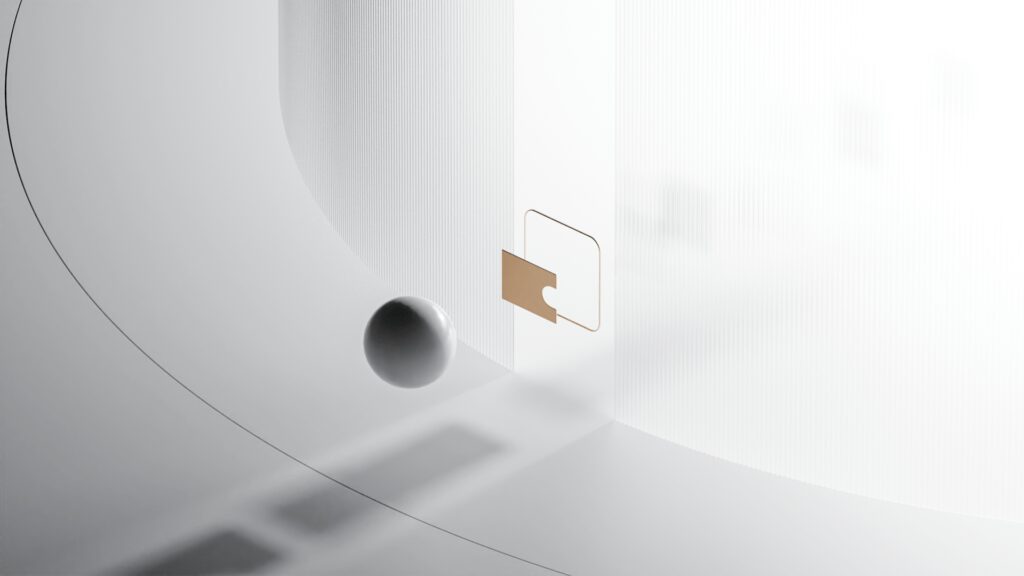Six ways B2B publishers leverage Piano to drive engagement and grow revenue
No matter the area of focus, the B2B publishing ecosystem has radically different objectives, strategies, and approaches to success than consumer publications. Between smaller prospect pools, higher subscription costs, and the expectation of deeper levels of specialized expertise, the stakes are higher when it comes to driving engagement and convincing prospects to take revenue-creating action.
Piano’s end-to-end digital experience platform is well-known for enabling registration and subscription paywalls, but the nature of the platform enables users to create custom, optimizable experiences to address all manner of a publication’s pain points and growth goals.
Here are six ways Piano helps B2B publishers understand audiences and grow revenue in multiple streams.
1. Highly targeted event marketing
Events can be a key offering for B2B media companies looking to target prospects in every part of the funnel. Using Piano, publishers can target the right audience at the right time, increasing event registration and post-event actions.
B2B publishers have used Piano to:
- Serve site visitors information about and registration opportunities for events based on users’ profiles. If a known user often reads content about a certain subject (say, content about 3D printing), and your company is hosting a webinar about use cases for 3D printing, you can serve an offer to register for that event. Similarly, if a known user attended a previous event, you can serve offers for similar upcoming events.
- Promote events based on content categories. Even if a site visitor is not known, you can serve relevant event information based on the content categories they’re clicking on and either give them the opportunity to click to learn more about the event or register on-page.
- Offer event registration at a discount for past attendees. If a known user has attended a previous event, you can not only serve event registration opportunities to them, you can also combine this capability and price testing to offer registration at a discount. If you’re running registration through Piano itself, you can set the variables using Composer; if you’re using another event registration tool, you can set custom variables to pass back and forth between the event vendor and Piano Composer.
- Market to in-person event attendees using geolocation marketing. Using geolocation or even IP address-based triggers, you can serve offers such as discount codes for future use or immediate price reductions to event attendees when they next visit the site.
- Serve up-to-the-minute updates to event attendees. Also using geolocation triggers for event-specific URLs you provide to event attendees, you can serve up-to-the-minute updates on speakers, event schedule changes, and any other pertinent information.
2. Flexible subscription types
When it comes to B2B subscriptions, the niche content is often much higher value and has a smaller reader base, so it’s crucial to offer flexible options to increase the likelihood to subscribe.
For publishers that has included:
- Offering shared parent/child subscriptions for enterprise accounts with more than one reader. B2B subscriptions are, by nature, more expensive, thanks to the high value of information offered. It’s also more likely that more than one individual at a company will need to access your content. Instead of requiring each user to retain a separate subscription, which can be costly, Piano enables you to sell Shared Subscriptions with multiple associated access tokens. The purchaser, or parent account, can name other individuals, or child accounts, to share their access.
- Allow site licensing for even larger groups of access. The Site Licensing feature allows you to create contracts in the Piano dashboard, specify access associated with the contract, set the maximum number of users who can access, and create a landing page for users to follow to gain access.
- Create a premium pricing model. You can offer premium pricing to known users who meet certain criteria, such as working in a certain industry or having a particular job title.
- Test subscription length options to increase conversion. Using split testing, you can offer different minimum subscription lengths to determine what will increase conversion and generate more paid subscribers. Some Piano clients have tested three- and six-month minimums to determine what is most attractive to users who are deciding whether or not to subscribe.
3. Creating more sophisticated segmentation
No matter the industry, the better the segmentation, the better your marketing capabilities.
Knowing as much as possible about your users increases the likelihood of generating revenue from their actions, and Piano enables its users to create relevant, granular segmentations, ensuring its clients know exactly who their audience is and what they need.
Piano allows you to create brief, one- to two-question surveys and trigger them based on known user profiles, content categories, and more. The drop-down answers to these surveys can then be used to create more granular segments, which help you create more specific user profiles and better understand—and sell to—your audience.
- Determine user intent with brief surveys. Using drop-down answers, rather than fill-in-the-blank, you can ask a user who has performed specific actions questions such as: What kind of content would you like to see more of? What industry do you work in?
- Bulk up your media kit by understanding who visits your site. Closely related to determining user intent, you can also use these surveys to build out your user profiles for the purpose of improving your media kit and advertising offers for potential ad partners. Who reads your site? Are they decision makers at their companies? What are they most interested in learning about? What problems are they trying to solve? By gaining more granular information about your users, you can more accurately target relevant partners who would benefit from advertising on your site or partnering with you for larger campaigns.
- Get a better understanding of what users want—whether on-site or in-person. Not only can you better understand user intent in the digital space, you can also determine what users who are at an event are looking for, based on geolocation or creating a segment for event attendance.
- Use this information to trigger more relevant messaging. Serve the right offer to the right user every time by understanding their intentions and interests and creating offer triggers based on segments.
4. Price and offer testing
Using A/B testing, Piano allows you to determine what price points and offers are more likely to increase subscriptions.
- Convert newer users into paid subscribers. By testing different price points, subscription lengths, and discount offers, you can pinpoint what offers will drive the most conversions.
- Test out whether a discount will increase likelihood to subscribe. Users who are on the fence about subscribing may be more inclined to pull the trigger if they believe they’re receiving a good deal. Using what we know about the psychology of discounts, you can test different offers—for example, 10 percent off, 25 percent off, 33 percent off—for a specific period of time, determine which offer was most successful, and roll out a site-wide discount offer.
5. Propensity modeling
Because customer value is so high for B2B publications, it’s increasingly important to intelligently identify audiences. Using machine learning, the Piano’s propensity modeling algorithm tracks specific data points to determine which users are likely to subscribe (LtS) and which are likely to churn (LtC)—two highly valuable predictors so you can ensure you’re serving the right content and offers to the right audience members at the right time, reducing churn and creating a more reliable revenue stream.
- Engage users where and when they’re most responsive to taking action. Using Piano’s LtS model, publishers can pinpoint when and where users are most likely to convert to subscribers—and use that information to serve subscription offers. You can take this another step further and A/B test offers to users with high LtS scores to determine what price and subscription length are most attractive to prospects.
- Retain disengaged subscribers by curating their site experience. Perhaps a certain user population is signaling dissatisfaction or disinterest—based, for example, on decreased site visits or decreased time on page. Piano uses LtC to determine at-risk users and serve you that information. You can then use Piano to serve curated content based on what your users have already read and what they are most likely to be interested in. By offering a more targeted experience, your users are more likely to see the value in their subscription—and less likely to churn.
6. Lead generation
Piano also helps clients take highly valuable information about their users and turn that information into qualified leads.
- Use content to generate qualified leads. Whether a downloadable report or a webinar hosted with a valuable brand partner, Piano allows you to track who downloads or otherwise expresses interest in this content, allowing you to understand what content works and for whom.
- Share highly valuable information with sponsors and brand partners, solidifying your position as a relevant and worthwhile brand. Take that valuable information one step further, and use the information from these sponsored content opportunities to better segment your audience. You can then pass along this information—who expresses interest in this content, what role they play in their company, what industry they’re operating in, and more—to your sponsor partner, increasing the value you provide to sponsors and ad partners.
When you publish sponsored content such as downloadable reports, Piano allows you to track who downloads or otherwise expresses interest in this content and pass it along to the sponsor, along with the rest of their information, increasing the value you provide to sponsors and ad partners.
Piano’s digital experience platform allows its users to drive engagement and grow revenue, no matter what their industry, their needs, capabilities, and goals.



